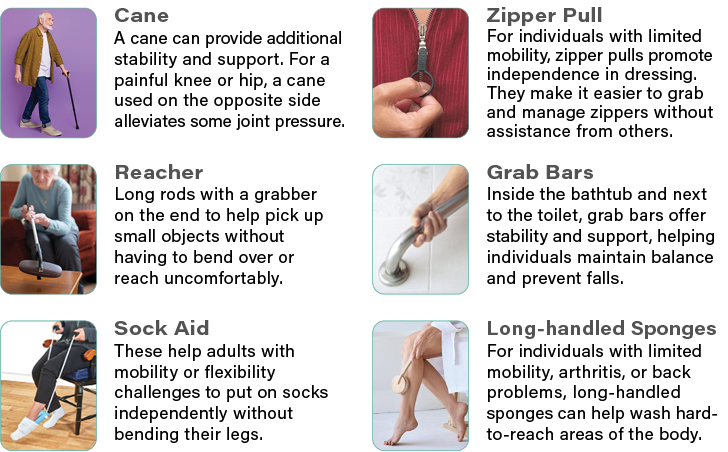As we get older, our bones can weaken, which might cause osteoporosis—a condition where bones become fragile and break easily. However, osteoporosis is not an inevitable part of aging. By learning more about it and taking action early, you can significantly reduce your risk of osteoporosis and keep your bones strong and healthy.
Did you know?
Osteoporosis is often referred to as a “silent disease” because it progresses without symptoms until a fracture occurs.
Prevention Tips:
Preventing osteoporosis is crucial because it is easier to maintain bone density than to rebuild it once it’s lost.
- Get enough calcium and vitamin D from food or supplements.
- Do weight-bearing exercises like walking, jogging, dancing, and strength training to strengthen bones.
- Avoid smoking and limit alcohol consumption.
- Prevent falls by keeping your home safe, improving balance, and wearing proper shoes.
- Talk to your healthcare provider about bone density testing and, if necessary, medications to help prevent or treat osteoporosis.
How Therapy Can Help
Physical and occupational therapy can help individuals improve their bone health by focusing on improving bone strength, reducing the risk of falls and fractures, enhancing functional abilities and promoting safety and independence.




